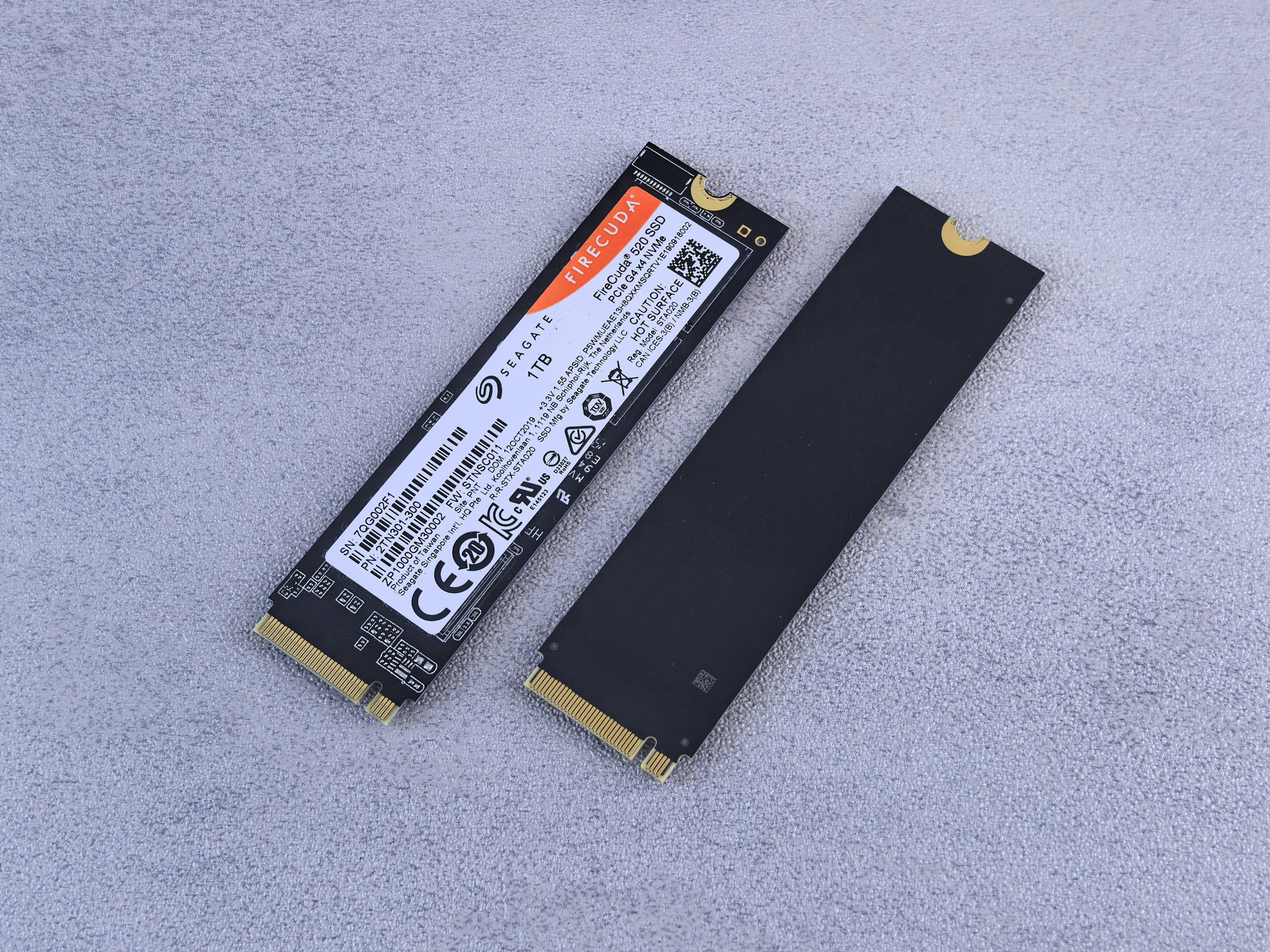Effective Data Recovery Strategies for RAID 0 Storage with Seagate and Toshiba Drives
In modern storage configurations, RAID 0 offers the advantage of increased performance and capacity by striping data across multiple drives. However, it also introduces complexity when it comes to data recovery, especially if one of the drives begins to fail. Recently, a user faced such a scenario involving two 8TB drives—Seagate ST8000NM0055 (configured in RAID 0 with a Toshiba MG06ACA800EY)—running on Windows with NTFS formatting, and also accessible via Linux.
Understanding the Situation
The Seagate drive started exhibiting signs of failure, which went unnoticed until subsequent Windows troubleshooting steps inadvertently impacted the stored data. After executing certain Windows commands aimed at resolving a Blue Screen of Death (BSOD), the user observed a rollback of data approximately seven months prior. The drives were left powered on for roughly 6-8 hours between the incident and detection, during which some data may have been unintentionally deleted or overwritten.
Initial Response and Data Recovery Approach
Recognizing the critical need to recover lost or corrupted data, the user unhooked the drives to prevent further damage. Given the RAID 0 configuration, the data on both drives should ideally be identical, as the striping process distributes data across both disks. Therefore, creating full disk images (cloning) of each drive became the primary step before any recovery effort.
Choosing Data Recovery Software
When selecting data recovery tools, the user evaluated options based on efficiency and cost-effectiveness. Two prominent choices were considered:
- UFS (a lightweight, cost-effective data recovery software priced at approximately $65 CAD)
- GetDataBack (a more expensive option at around $80 USD)
The user perceives that both tools offer comparable value for their use case, leaning towards UFS due to its lower price point, unless GetDataBack provides significantly superior recovery capabilities that justify the additional expense.
Proposed Data Recovery Strategy
The outlined plan involves several steps:
- Create Disk Images: Make exact bit-by-bit copies of both drives to prevent further data loss and to enable multiple recovery attempts without risking original data.
- Assess and Recover Data: Use the selected recovery software—likely starting with UFS—to scan the disk images and recover accessible files.
- Leverage RAID 0 Data Redundancy: Since RAID 0 stripes data across both disks, some deleted data may reside on
Share this content:


